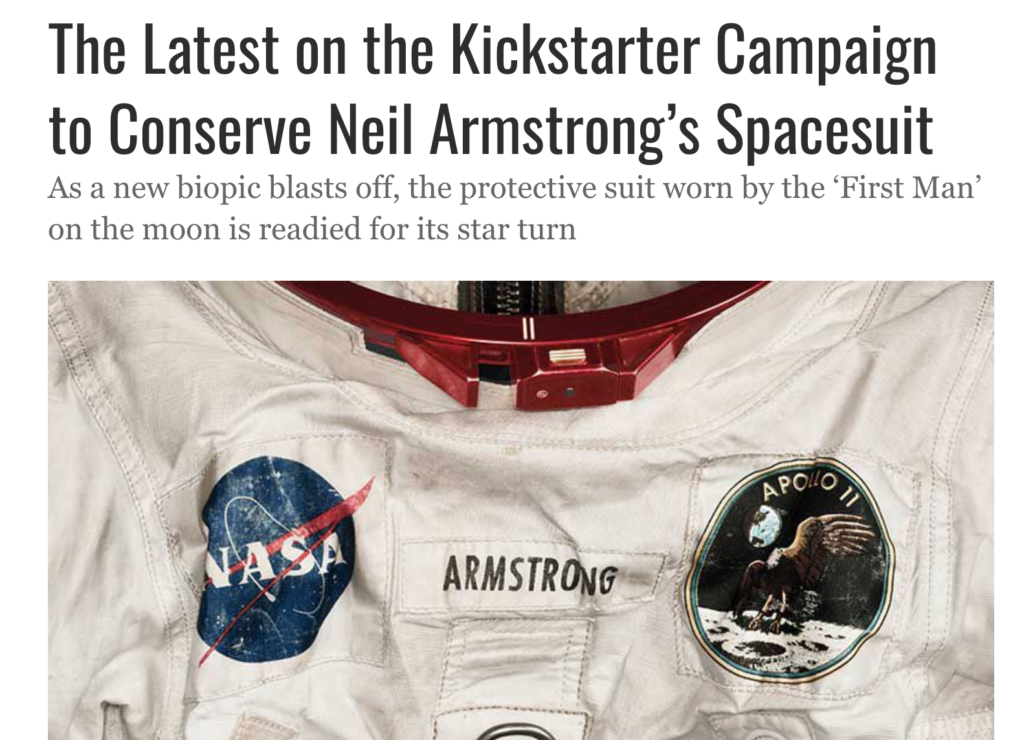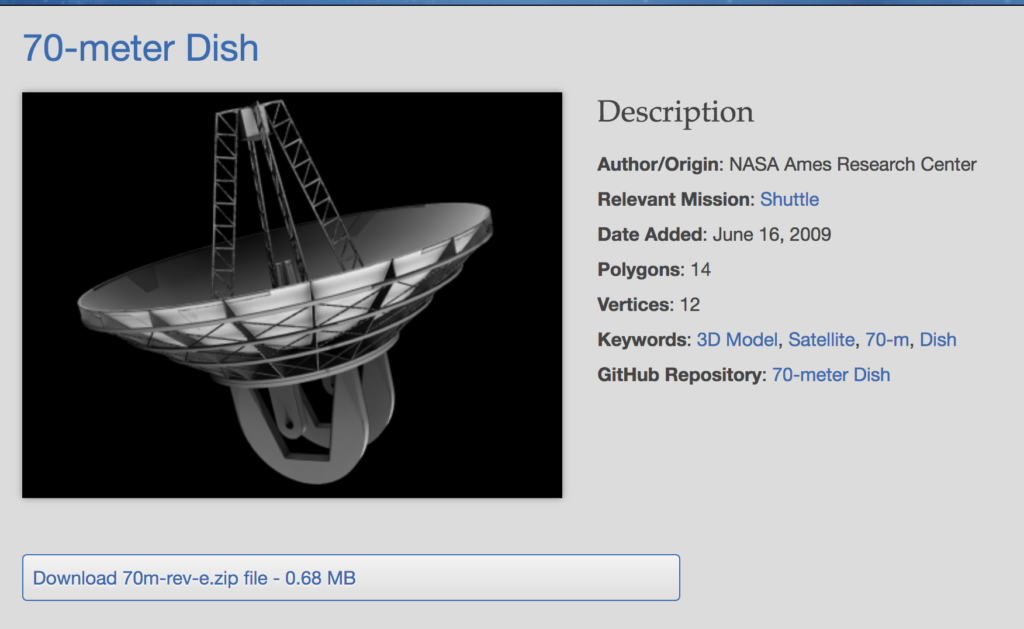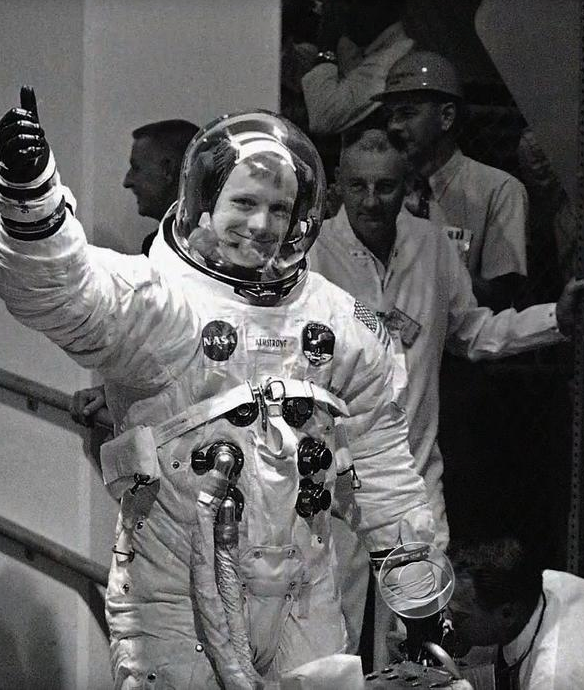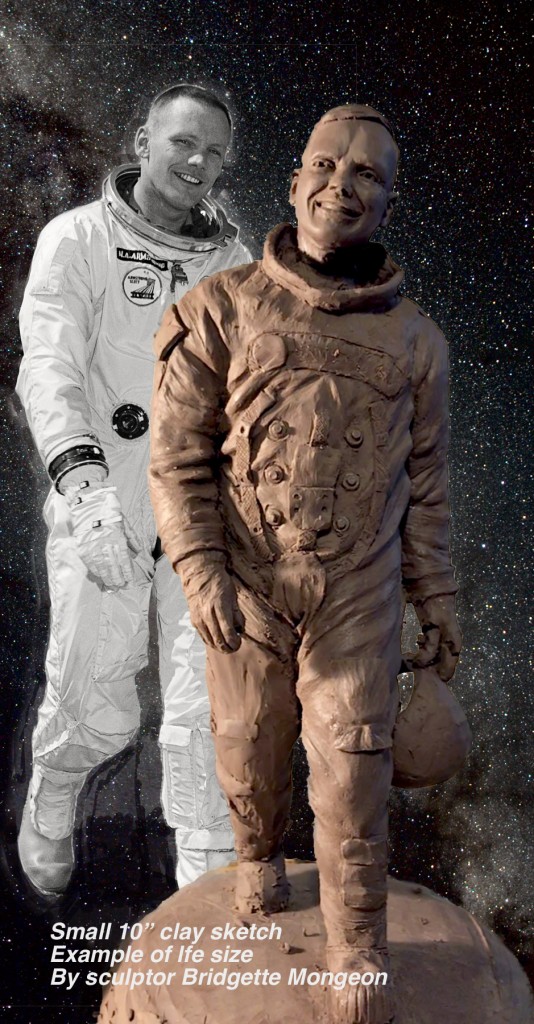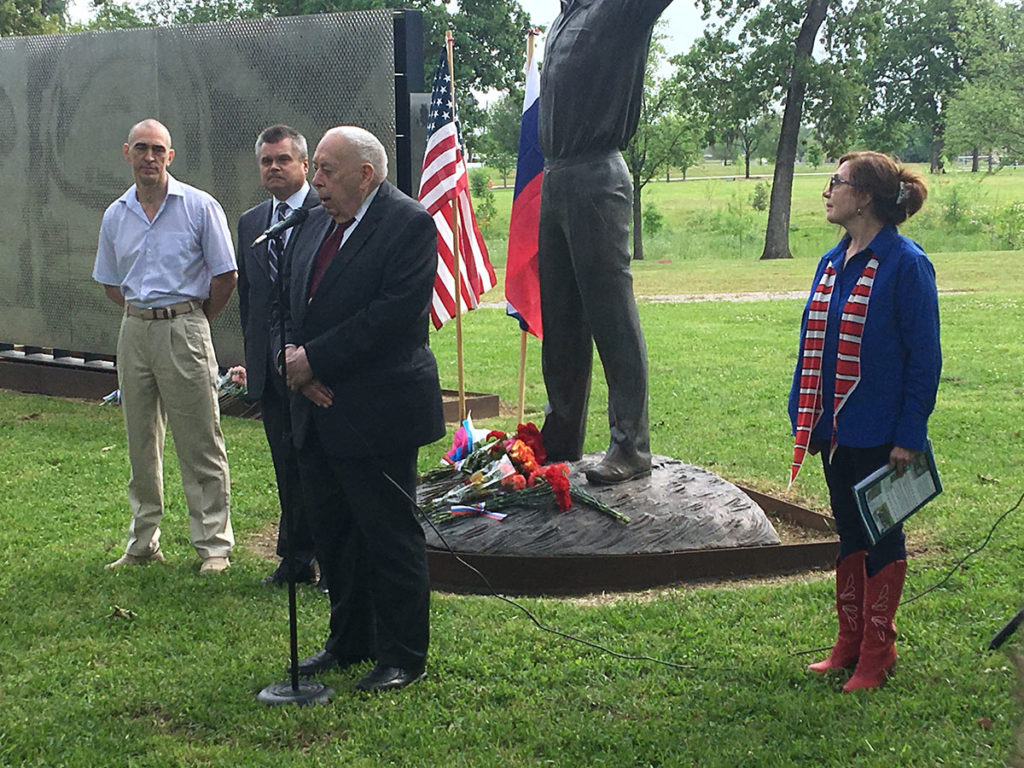
On this date in 1961 Yuri Gagarin was the first man in space. The General Assembly, in its resolution A/RES/65/271 of 7 April 2011, declared 12 April as the International Day of Human Space Flight “to celebrate each year at the international level the beginning of the space era for mankind, reaffirming the important contribution of space science and technology in achieving sustainable development goals and increasing the well-being of States and peoples, as well as ensuring the realization of their aspiration to maintain outer space for peaceful purposes.”
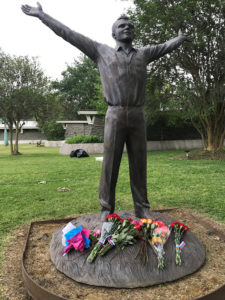
Today we celebrated at the sculpture of Yuri Gagarin with people from Nasa, as well as Russians and Americans. In 2012 a group from Russia gave Houston, Texas a sculpture of Yuri Gagarin. It sits outside of the original NASA headquarters on Wayside Drive along with a panel of John Glenn. On that date the United in Space project began as Sophya Tabarovsky desired to raise funds in America to send a sculpture of Neil Armstrong. The land has been designated and as you know, at this date we are trying to raise the funds to place not only a sculpture in Russia but also one in Space Center Houston.
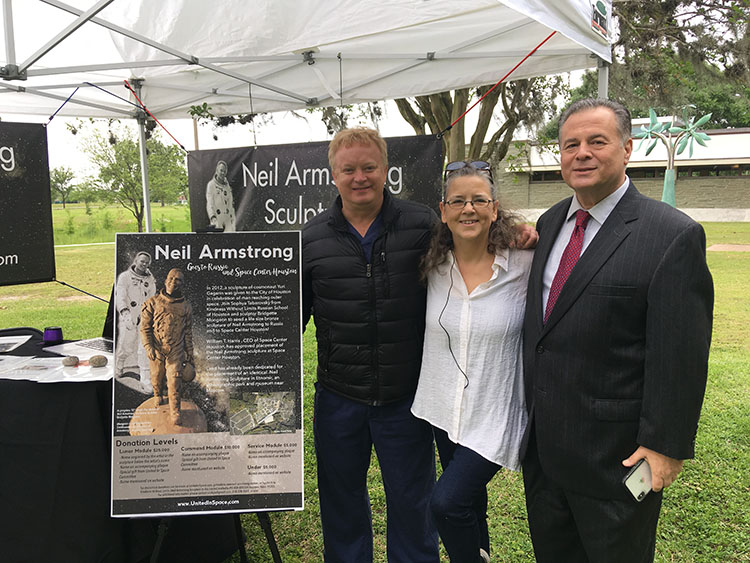
Khou Television was there to cover the event. Students from Russia were also in attendance. They have taken part in an exchange program between Russia and the United States. Kelly Callens also took part in the Moscow Summer Intern Program as part of a student initiative of the Baker Institute Space Policy Program. She filmed a Facebook Live at the Yuri Sculpture with Sculptor Bridgette Mongeon. According to the Baker Institute website about this program website, “The purpose of the Moscow Summer Intern Program is to develop international collaborations in which engineering and science students from different countries work together to design space science projects.”
“The intent is to emulate the successes of the international cooperation and innovation that formed the basis of the International Space Station and replicate the process at the university level for the next generation of space engineers and scientists.”
Kelley comments, “For me it really opened my eyes to just to how… it is a goal for humankind to go to space. It is not a goal for a country, its not a goal for just one group of people. It really is a united goal for all humankind and we can’t get there with just one country, it has to be a group effort. So, that really opened my eyes. ”
“There is one thing that I’ll never forget that Cosmonaut Sergei Krikalev told us while we are there. He said, the coolest thing.. when he went to space, and you don’t realize how significant that we could be until you get up there and you see how small the earth is, and you realize that there is no boarders. You can’t see the borders of your country, he said. It is your city, and your state, and country, and then its the world. When you realize that you can’t see conflict, you can’t see poverty, you can’t see any of those things and it really changed his perspective. .. We need to work together, and we are one group of people.”
For us at United In Space this process is more than just raising funds for a sculpture. We hope to do what Kelly has said, we hope to encourage relationships and dialogue between countries. We are United in Space. It was a great day at the sculpture and a wonderful way to celebrate the kickoff of this Neil Armstrong sculpture. Please pass the word about the fundraising. Every little bit helps.

